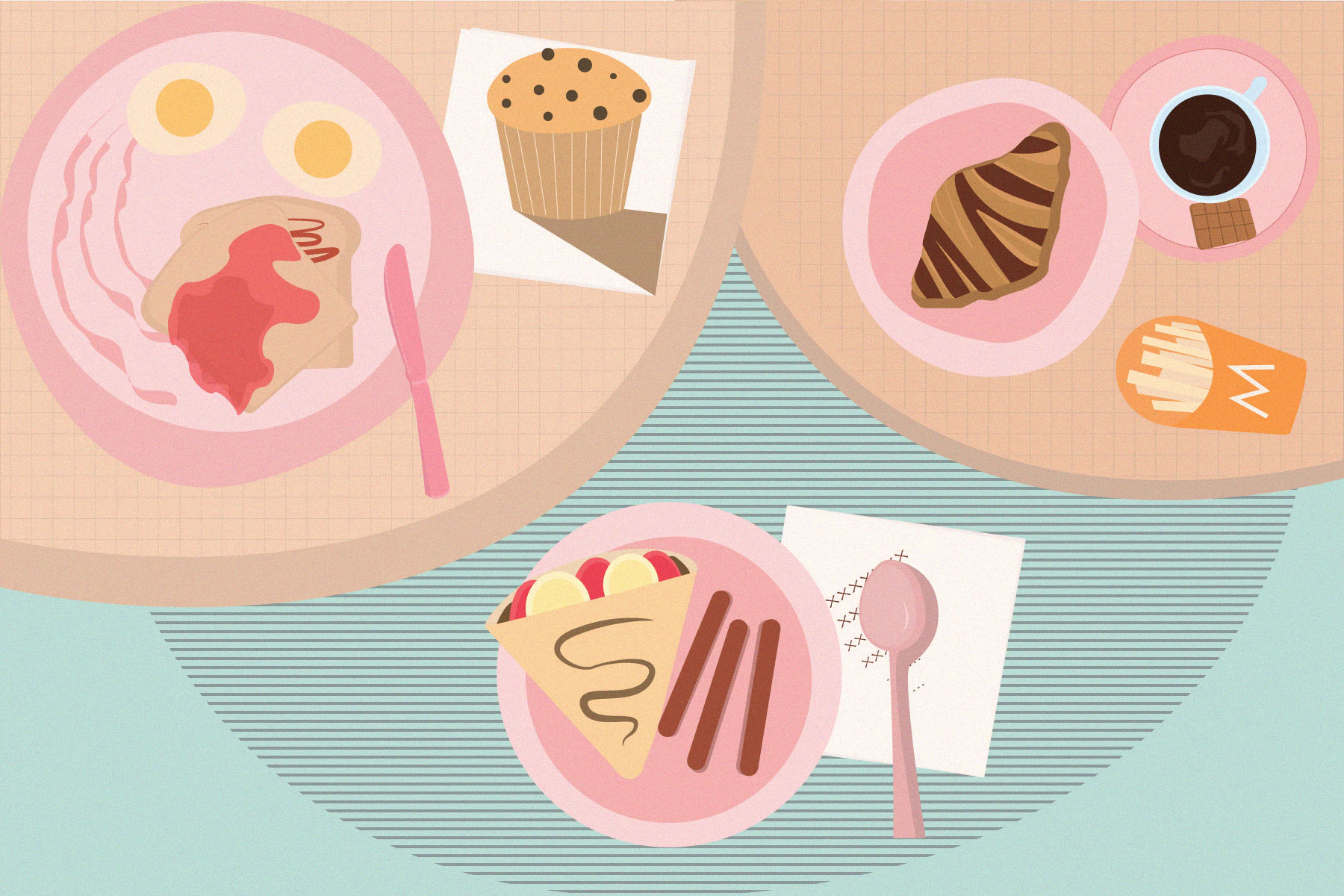With the advent of food television, the merits of great food writing have been all but forgotten. Whether in a home kitchen with Julia Child or a faraway land with Anthony Bourdain, viewers have the opportunity to see food preparation with sharp camera imagery and poignant verbal descriptions. The camera can zoom into that wonderful morsel of chocolate cake or capture an esteemed pasta chef kneading dough by hand.
But because there is currently no television screen that can transmit the intense aromas of a gourmet meal, viewers must stare at the delectable images and imagine what the food tastes like. While the brief descriptions of an esteemed television host can help the audience comprehend the sensations enlivening the host’s taste buds, they are often far too short to be of much use (with the possible exception of the aforementioned Anthony Bourdain’s vivid illustrations). Moreover, the look and presentation of a dish on a food show often far outweighs taste.
Food writers have often tipped the scales in the other direction, however, as they tend to appreciate a dish’s quality of taste better. While food writing as a genre is relatively new, stories about food have existed since the time of ancient Greece and Rome. Both as a source of sustenance and great pleasure, food is a fundamental element of human activity.
Although early books such as the 1825 “The Physiology of Taste” focused on the merits of eating, the true renaissance of food writing in its current form began in the 20th century. The French became the main influence on the greats of American and British food writing. Over the course of the 20th century, the influence of two world wars and easier travel access allowed American and British writers to improve their culinary chops by learning from various experts in French cuisine. Due to the classic works of Escoffier and Curnonsky, a greater awareness of the delights of good eating developed. The culinary world began to regard the food of Paris, and France as a whole, as the best.
Writers A.J. Liebling and M.F.K. Fisher experienced this cultural climate deeply. As a result, their culinary observations are steeped in the mystique of French decadence. Highlighted in Phillip Lopate’s excellent essay anthologies “The Glorious American Essay” and “The Golden Age of the American Essay,” M.F.K. Fisher’s “Meals for Me” and A.J. Liebling’s “A Good Appetite” represent two very different but equally effective takes on the culinary essay.
Taken from A.J. Liebling’s larger book “Between Meals,” his 1959 essay “A Good Appetite” presents a parable about the benefits of a large appetite. Although Liebling’s job as a wartime news correspondent forced him to travel across European battlefields, it also placed him in the vicinity of culinary paradise. Anytime Liebling could make his way to the French capital, he made sure to indulge his large appetite with the sublime delicacies of Parisian food.
The French comic screenwriter Yves Mirande became good friends with the gout-ridden gourmand A.J. Liebling, as both had the required stomach capacity to gorge on elaborate many-coursed Parisian meals. As Liebling describes, M. Mirande could dispatch “a lunch of raw Bayonne ham and fresh figs, a hot sausage in crust, spindles of filleted pike in a rich rose ‘sauce Nantua,’ a leg of lamb larded with anchovies, artichokes on a pedestal of foie gras, and four or five kinds of cheeses.”
These extravagant lunches would eventually take their toll on M. Mirande, as doctors told him that he needed to change his diet significantly in order to live. Liebling’s final meal with M. Mirande occurred some years after World War II at a family dinner cooked by Mme B. The food that she cooked for M. Mirande suited his more delicate system. However, the meal paled in quality compared to Liebling and Mirande’s former restaurant outings, with pastries that “had the feeling of a baby’s palm” and horribly dry mutton.
It pained Liebling to watch Mirande’s slow debilitation, so he rather pointedly criticized Mirande’s physician: “My old friend’s appetite, insufficiently stimulated, started to loaf — the insidious result, no doubt, of the advice of the doctor.” While this is a rather comically misguided view of his friend’s situation, in the end, it represents Liebling’s heartwarming account of his deep friendship with a fellow food connoisseur. With comic wit and delightful prose, Liebling captures the nature of friendship through the form of food writing.
Whereas Liebling’s piece featured personal anecdotes, M.F.K. Fisher’s 1937 essay “Meals for Me” acts more as a guide to greater pleasure at the dinner table. Fisher’s breadth of knowledge allows her to quote from a wide range of sources, including Seneca and Alexander Pope, to create a full picture of her ideal dinner party. Fisher lays out her vision of an ideal “meal for herself” so that readers can learn from her tips and create an ideal meal for themselves.
Hosts must limit the dinner table to a maximum of six people, as Fisher notes that “more, even one or two, are dangerous, and beyond ten deadly.” Her goal is simplicity in both table setup and food preparation. Comfortable chairs and a warm ambiance must welcome guests into the home, and a host should not look askance at the myriad possibilities of a “bowl of green wild spinach.” A good dinner table, combined with excellent food and drink, provides for an ideal evening.
Fisher eventually conveys a message of friendship in her piece, writing: “And to concoct such meals and serve them is one of the most satisfying of all civilized amenities, I think. Nothing is much sweeter than the sincere gratification — and admiration — of a friend.” This sentiment marks the tremendous influence that French food culture has on Fisher’s writing: food and life are thoroughly intertwined.
Fisher transforms what could have been a bulleted list of “Top 10 Tips for Hosting Dinner” into an elegant essay that contains a profound message. She weaves the essence of a good meal, and the profound meaning of companionship, together to create an excellent piece of writing
















